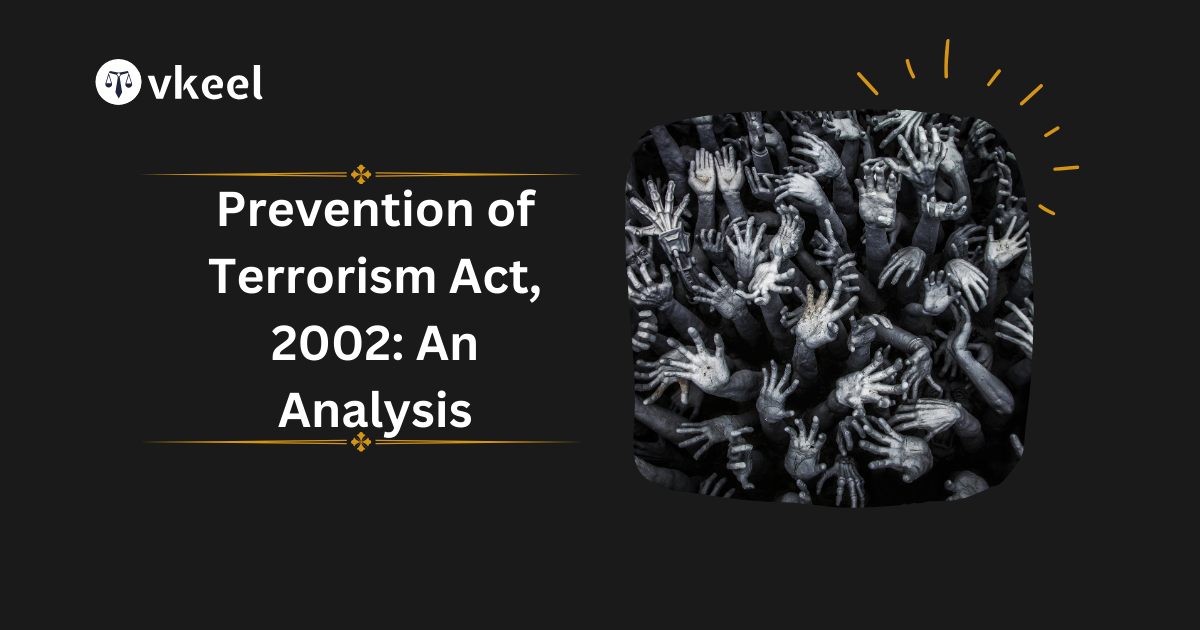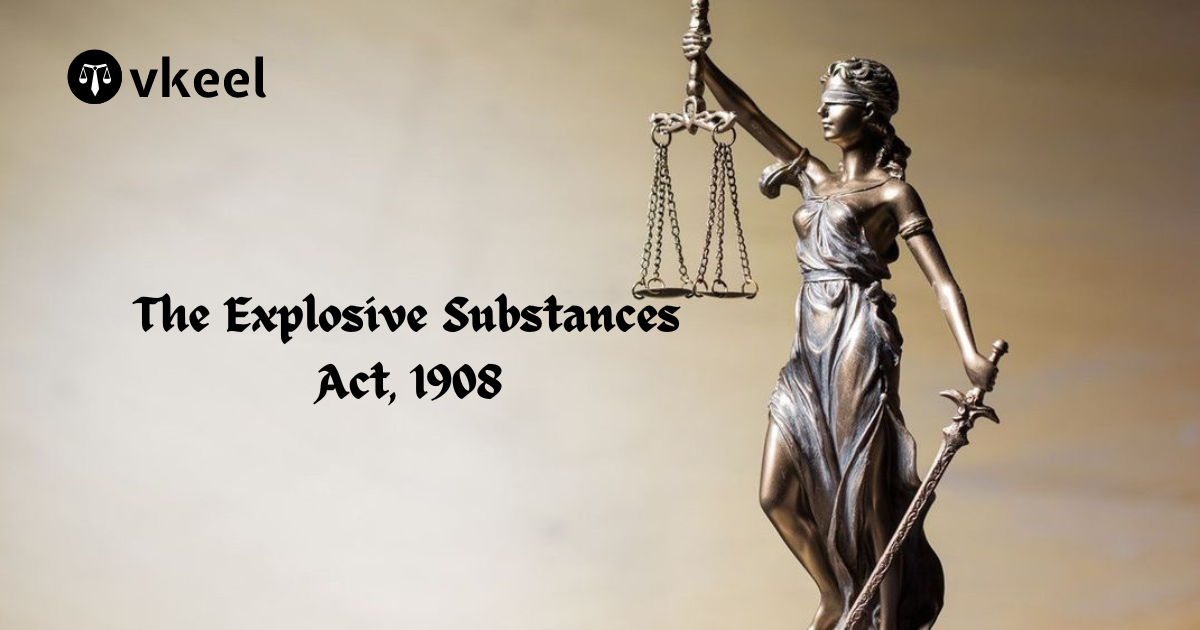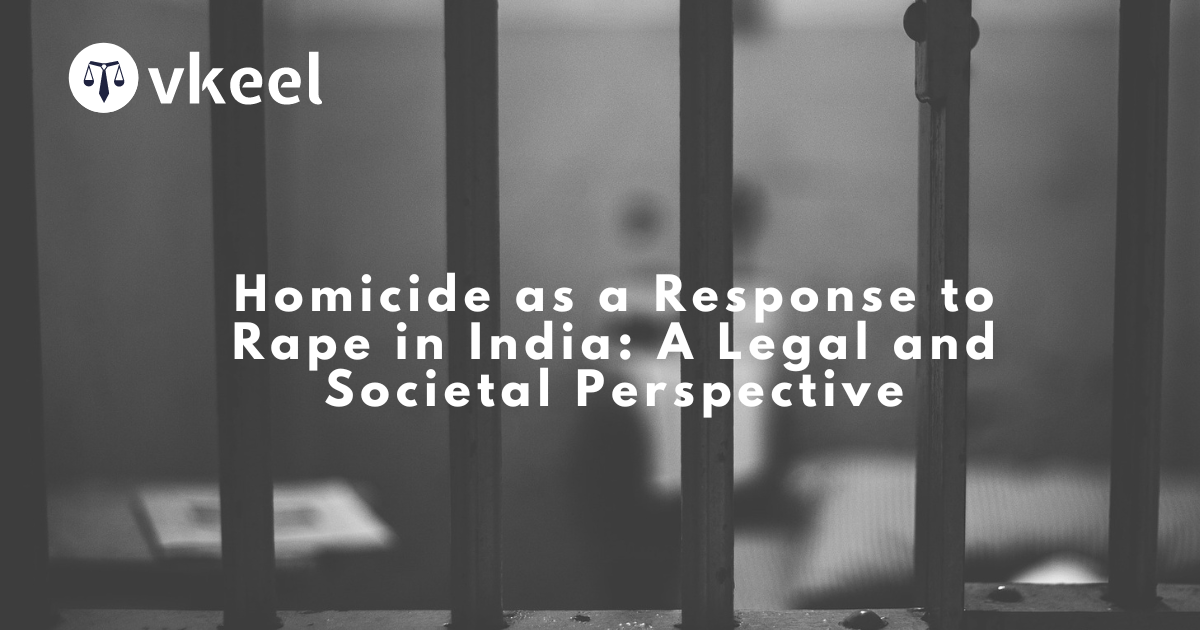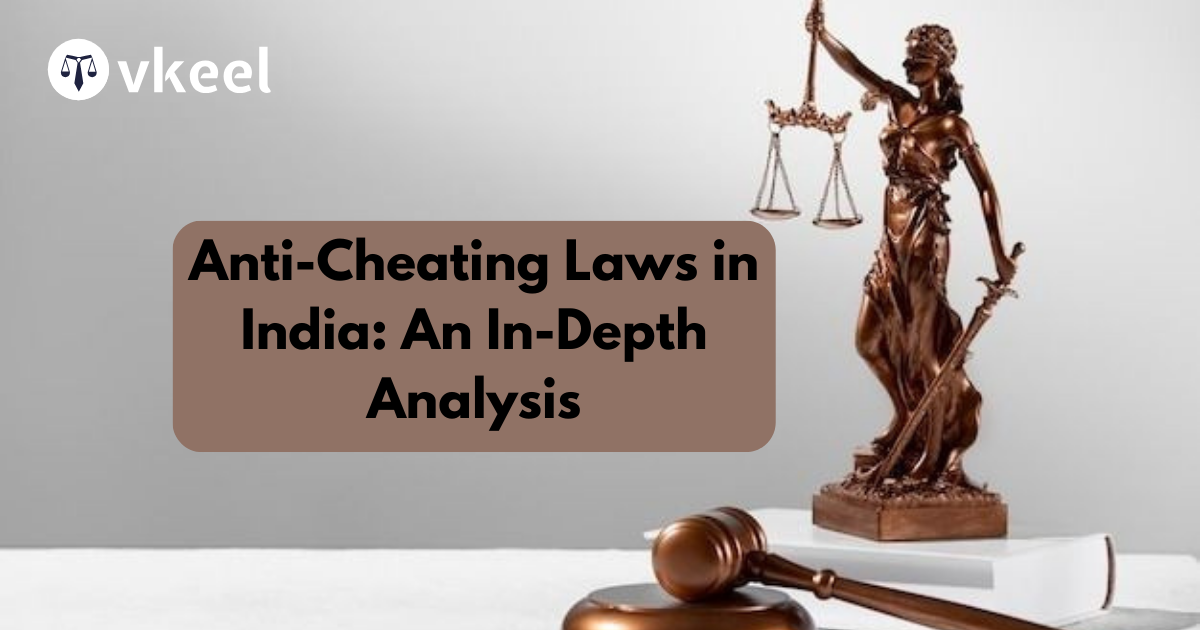Prevention of Terrorism Act, 2002: An Analysis
By Himanshu Kumar
Table of Contents
Introduction
The Prevention of Terrorism Act (POTA), 2002, was a legislative act passed by the Parliament of India in March 2002, with the primary objective of combating terrorism. Enacted during the tenure of Prime Minister Atal Bihari Vajpayee, the law aimed to provide the necessary legal framework to deal with terrorism and its related activities in the wake of increasing terrorist incidents. However, POTA was a subject of intense debate and controversy due to its stringent provisions and the potential for misuse.
The primary objective of the Prevention of Terrorism Act (POTA), 2002, was to provide a comprehensive legal framework to combat terrorism in India. Enacted in response to the increasing frequency and severity of terrorist attacks, such as the 2001 Indian Parliament attack, POTA aimed to enhance the government’s ability to prevent, investigate, and prosecute terrorist activities. The Act sought to define terrorist acts clearly, establish special courts for expedited trials, and grant law enforcement agencies enhanced powers to detain and interrogate suspects. By doing so, POTA intended to deter potential terrorists through stringent penalties and create a more secure environment for the Indian populace.
In addition to its preventive measures, POTA aimed to dismantle the infrastructure of terrorism by banning organizations involved in terrorist activities and allowing for the attachment and forfeiture of their properties. The Act also facilitated international cooperation in combating terrorism by providing a legal basis for extradition and mutual assistance in criminal matters. Through these objectives, POTA sought to address both the immediate and systemic aspects of terrorism, ensuring that both individuals and organizations involved in such activities could be effectively identified, prosecuted, and penalized.
Key Features of POTA
POTA was designed to be a comprehensive anti-terrorism law, encompassing several measures to curb terrorism. Some of its salient features included:
- Definition of Terrorism: POTA provided a detailed definition of what constitutes a terrorist act, including acts intended to threaten the unity, integrity, security, or sovereignty of India, or to strike terror in the people or any section of the people.
- Special Courts: The Act allowed for the establishment of special courts to expedite the trial of offenses under the Act. These courts were granted the power to conduct in-camera proceedings and use other measures to protect the identity of witnesses.
- Admissibility of Confessions: One of the most controversial aspects of POTA was the admissibility of confessions made to police officers as evidence in court. This was a significant departure from the Indian Evidence Act, which typically does not allow such confessions.
- Extended Detention: The Act permitted the detention of suspects for up to 180 days without the filing of a chargesheet, which was later extendable to a year.
- Forfeiture of Property: The law allowed for the attachment and forfeiture of the property of accused persons.
- Ban on Organizations: POTA provided for the banning of organizations deemed to be involved in terrorist activities, and penalties for being a member of such organizations.
Case Laws under POTA
Several landmark cases under POTA highlight its application and the controversies surrounding it.
- State (NCT of Delhi) v. Navjot Sandhu (2005): Also known as the Parliament attack case, this involved the prosecution of several individuals, including Mohammad Afzal Guru, for their role in the 2001 Indian Parliament attack. The Supreme Court upheld the constitutionality of POTA but also emphasized the need for its careful application to prevent misuse.
- Kartar Singh v. State of Punjab (1994): Although this case predated POTA, it dealt with similar issues under the Terrorist and Disruptive Activities (Prevention) Act (TADA). The Supreme Court’s judgment laid down guidelines to prevent misuse, which were later referenced in the context of POTA.
- PUCL v. Union of India (2003): The People’s Union for Civil Liberties (PUCL) challenged several provisions of POTA, arguing that they were unconstitutional. The Supreme Court upheld the law but stressed the necessity of strict safeguards against misuse.
- Syed Abdul Rahman Geelani v. Union of India (2003): In this case, Syed Abdul Rahman Geelani was acquitted by the Delhi High Court after being sentenced to death under POTA for his alleged involvement in the Parliament attack. The case underscored the potential for wrongful convictions under the Act.
Amendments and Repeal
POTA underwent several amendments to address concerns regarding its potential for abuse:
- POTA (Amendment) Ordinance, 2003: This amendment clarified certain definitions and provided additional safeguards, including the requirement for a review committee to examine the validity of charges under POTA before prosecution.
- Review Committees: The amendment mandated the establishment of review committees at both the central and state levels to review cases registered under POTA. These committees were tasked with ensuring that the provisions of the Act were not being misused.
Despite these amendments, POTA continued to face criticism for its harsh provisions and instances of misuse, particularly against minority communities and political opponents.
Criticism and Controversy
- Misuse Against Minorities: One of the primary criticisms of POTA was its alleged misuse against minority communities, particularly Muslims. Reports indicated that the law was often used to target innocent individuals, leading to wrongful arrests and detentions.
- Lack of Judicial Oversight: Critics argued that the extended detention period and the admissibility of confessions made to police officers reduced judicial oversight and increased the potential for torture and coerced confessions.
- Impact on Civil Liberties: Human rights organizations contended that POTA infringed upon civil liberties, including the right to a fair trial and protection against arbitrary detention.
- Political Misuse: There were allegations that POTA was used for political purposes, with instances of its application against political opponents and activists.
Repeal of POTA
The widespread criticism and reports of misuse led to the eventual repeal of POTA. In 2004, the United Progressive Alliance (UPA) government, led by Prime Minister Manmohan Singh, decided to repeal the Act. The repeal was carried out through the Prevention of Terrorism (Repeal) Act, 2004, which came into effect on September 21, 2004.
The repeal Act included provisions for the transfer of ongoing cases to appropriate courts and the review of cases by advisory committees to prevent the continuation of injustices under POTA.
Aftermath and Legacy
The repeal of POTA did not mark the end of anti-terrorism legislation in India. Instead, it led to the strengthening of existing laws and the introduction of new ones to address the ongoing threat of terrorism:
- Unlawful Activities (Prevention) Act (UAPA): Post-POTA, the UAPA was amended to incorporate several provisions from POTA, effectively retaining its stringent measures. The UAPA remains the primary anti-terrorism law in India.
- National Investigation Agency (NIA) Act, 2008: Following the 2008 Mumbai attacks, the NIA Act was enacted to establish a specialized agency to investigate and prosecute offenses related to terrorism.
- Continued Debate: The legacy of POTA continues to influence debates on anti-terrorism laws in India. The balance between national security and civil liberties remains a contentious issue, with ongoing discussions about the adequacy and fairness of current legislation.
Conclusion
The Prevention of Terrorism Act, 2002, was a significant but controversial piece of legislation in India’s legal history. While it aimed to provide a robust framework to combat terrorism, its stringent provisions and potential for misuse led to widespread criticism and eventual repeal. The experience with POTA highlights the challenges in designing anti-terrorism laws that effectively address security threats while safeguarding human rights and preventing abuse. The legacy of POTA continues to shape India’s approach to counter-terrorism, underscoring the need for vigilance in the application of such laws and the importance of maintaining a balance between security and civil liberties.
Disclaimer:
The information provided in the article is for general informational purposes only, and is not intended to constitute legal advice or to be relied upon as a substitute for legal advice. Furthermore, any information contained in the article is not guaranteed to be current, complete or accurate. If you require legal advice or representation, you should contact an attorney or law firm directly. We are not responsible for any damages resulting from any reliance on the content of this website.







